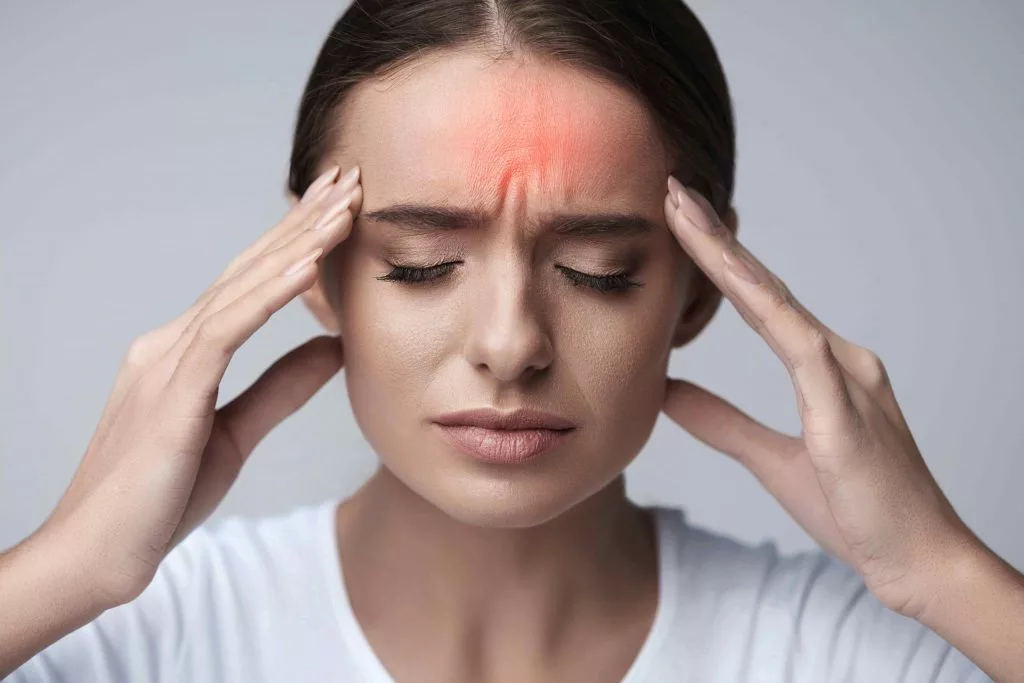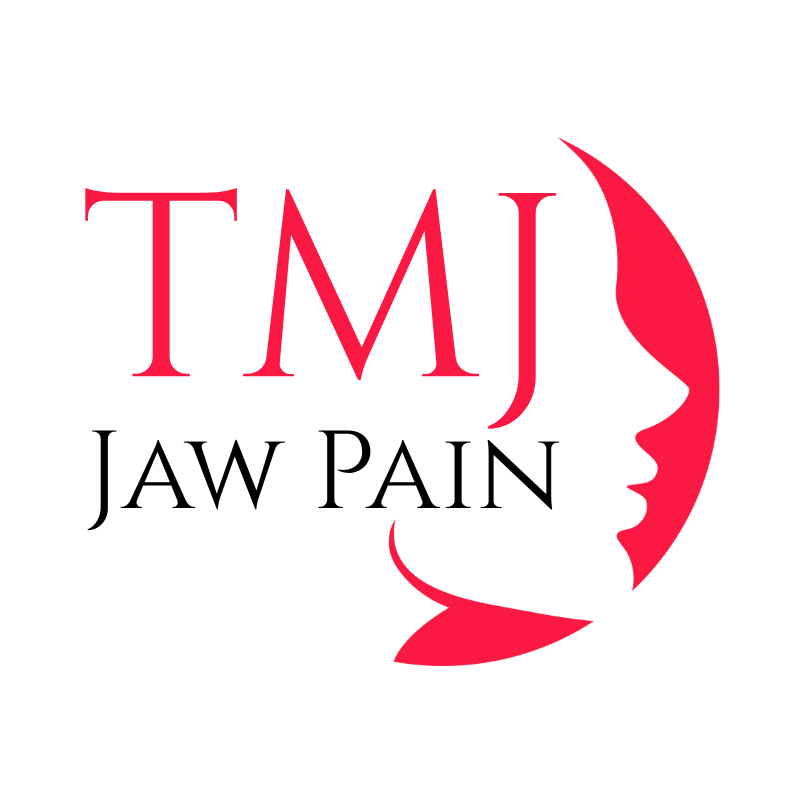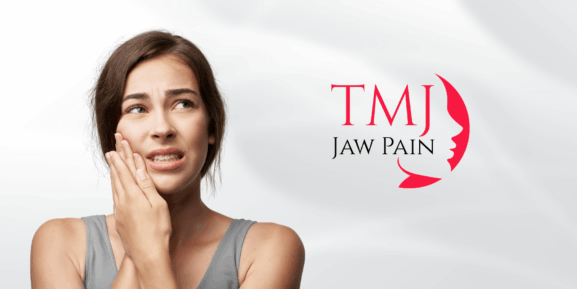TMJ and Migraines
- By Christopher Green
- Comments are off

Do your migraines start near your temples or behind your eyes? A surprising culprit may be your jaw. TMJ dysfunction often presents with migraine-like headaches—treating the joint can ease both.
The TMJ–Migraine Connection
- Shared innervation: Trigeminal nerve branches serve both jaw joint and intracranial blood vessels.
- Muscle referral pain: Tense masseter/temporalis muscles can refer pain upward into the head.
- Joint inflammation: TMJ arthralgia triggers neurogenic inflammation contributing to migraine pathways.
Signs You’re Experiencing TMJ-Related Migraines
- Headaches that worsen with chewing or jaw movement
- Accompanying jaw clicking or stiffness
- Morning headaches after nighttime clenching
- Lack of response to standard migraine medications
Targeted Treatments
- Botox for TMJ: Reduces muscle tension and dampens trigeminal nerve sensitization—often improving both pain types.
- Splints & Night Guards: Prevent nocturnal bruxism that fuels morning migraines.
- Physical Therapy: Releases myofascial trigger points in head and neck muscles.
- Dental Corrections: Bite equilibration to eliminate joint stress.
Patient Outcomes
- Studies show up to 60% reduction in headache frequency when TMJ is treated effectively.
- Combined Botox protocols targeting both migraine and TMJ sites yield superior relief.
Conclusion
If your migraines coexist with jaw pain or dysfunction, addressing TMJ may unlock a new avenue of headache relief. Talk to a multidisciplinary TMJ clinic to evaluate your joint as part of your headache work-up.


